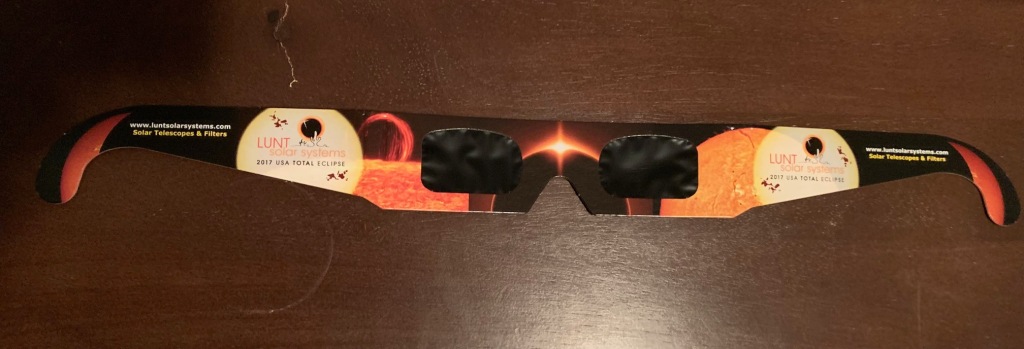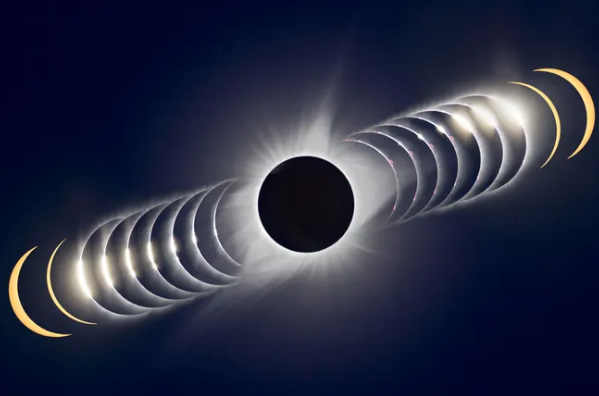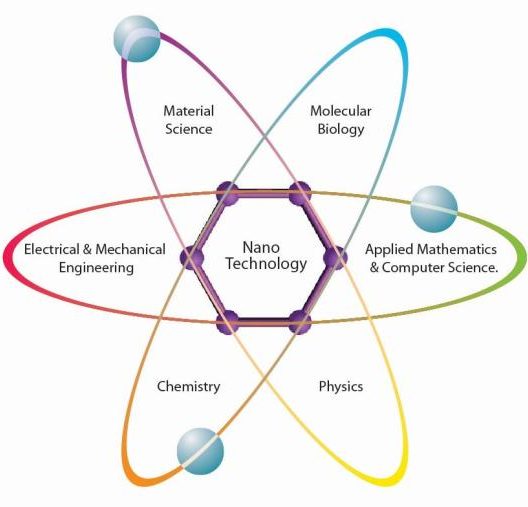
Topics: Astronomy, Astrophysics, Philosophy, Planetary Science, Space Exploration
There will be a partial eclipse here in Greensboro. These glasses (6 pair), I purchased in 2017 for ANOTHER partial eclipse that I missed due to working in the lab my first year in grad school. Nano took precedent over astro. The current show starts around 1:56 pm, and ends around 4:28 pm, according to Time and Date dot com.
I will be particularly looking at the reactions of my Texas box turtle, “Speedy,” to see how she reacts when the show starts. Animals tend to go into their shelters (which she has a faux log she likes to go under) during the eclipse because it looks like night. She’s far more accurate than Punxsutawney Phil. I’ve never fully understood the legend and lore, but like many practices that makes the world scratch its heads, this is a “thing” in America.
Oh, and its not a sign of the Apocalypse. Solar, and lunar eclipses are natural occurrences that unfortunately, superstition has promoted for whatever reason to disastrous results. It comes with the territory of having a moon. Venus, an oven that would make Hell blush, as far as we know, doesn’t have a moon, and if we were to colonize Mars: it has two.

(Image: (c) Alan Dyer/VW Pics/UIG Getty Image)
On April 8, 2024, a total solar eclipse will be visible across North America.
Our total eclipse 2024 guide tells you everything you need to know about the phenomenon from where to see it it to why it’s so special. If you can’t catch the eclipse in person you can watch the total solar eclipse live here on Space.com.
During a total eclipse, the moon appears almost exactly the same size as the sun and blocks the entire disk for a few minutes — known as totality.
The 115-mile-wide (185 kilometers) path of totality will cross three states in Mexico, 15 U.S. states and four states in southeast Canada.
A total solar eclipse is coming to North America. Daisy Dobrijevic, Contributions from Brett Tingley, Space.com
